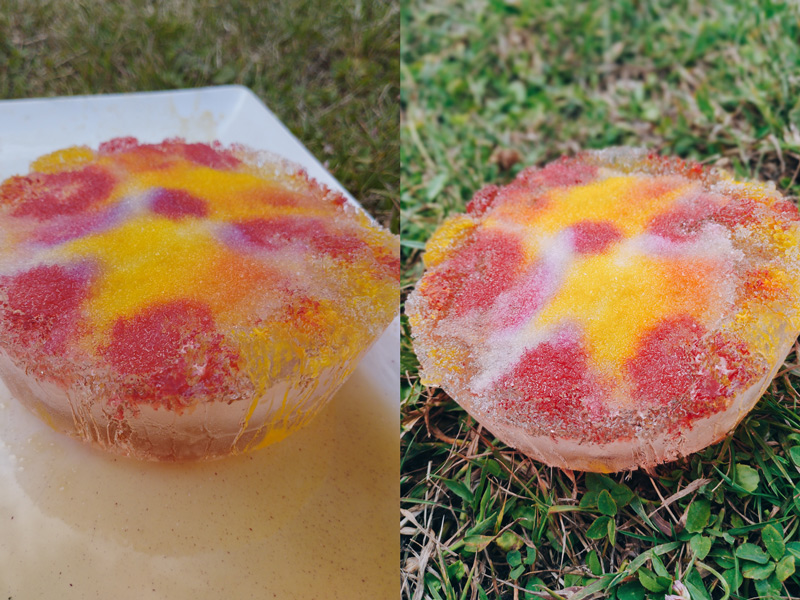News & Blog

Blog - 25 June 2022
Fun Science Experiments for the School Holidays
The school holidays are for having FUN! Most primary school children love science experiments to challenge their growing minds. Try these two science experiments at home with some basic household items…they are also beneficial to help children to develop their critical thinking and communication skills, along with enhancing the ways they focus and observe, giving them the confidence to form their own opinions.
Melting Ice Science Project
Material:
- Bowls or dishes
- A large tray with sides
- Salt
- Food coloring
- Droppers or a spoon
Instructions:
- Make the ice: the day before you try the experiment, you must make your ice! Fill many different sizes of bowls with water and leave them to freeze overnight.
- Set up your melting station: the next morning, loosen the ice from the bowls with a little warm water and set them in a big plastic tray or a baking tray with sides.
- Add salt: set out a few bowls of table salt and sprinkle it over the tops of the ice domes. Then watch as little ravines begin to appear where the salt is melting the ice!
- Add color! Once the salt begins melting the ice, take some food colouring and squeeze the color all over the melting ice!

Penguin Science Experiment
Did you know that some penguins stay in the water for as long as 5 months? They sleep, eat and swim thousands of miles.
So, how do these flightless birds stay warm and dry in the icy waters of Antarctica? Let’s find out with this experiment!
Material:
- White cardboard
- Wax crayons (black, white, and orange)
- Spray Bottle
- Water
- Blue Food Coloring (optional)
Instructions:
- Draw an outline of a penguin.
- Colour in your penguin. Make sure to use a thick coating for the experiment to work.
- Add some water and a few drops of blue food colouring in the spray bottle. Then spray the water onto the coloured penguin. Two or three squirts is enough. You don’t want the paper to become oversaturated.
- Observe the results.
Penguins have a lot of feathers that are densely packed together that cover their entire body. These feathers have an oil-producing gland that makes their feathers waxy. The wax on the feathers repels the cold water and helps keep them dry.

We hope you enjoy these fun science experiments!
For more exciting experiences during the school holidays, book into a Rocketeers session at one of over 200 locations across Australia: https://campaustralia.com.au/rocketeers.
